If the world were a different place, and you could carry a handgun wherever you pleased without raising suspicion, you might not consider a pocket pistol cartridge like the 32 ACP or the 380 ACP. Still, a small cartridge has its merits.
A smaller handgun like a Ruger LCP weighs under 10 ounces. That’s a lot more comfortable to tuck into your waistband than a five pound Magnum Research BFR. A smaller cartridge means smaller recoil, which makes self-defense accessible to those with less experience or a slighter build. (We know a 95 pound lady who can empty her Walther PPK on a target like she’s shooting lasers out of her fingertips.) A smaller handgun is also more affordable, putting self-defense within reach of pretty much anyone’s budget.
If you’re leaning toward getting an easily concealed, lightweight, low recoil, and affordable compact handgun, you may wonder which caliber you should get. 32 ACP and 380 ACP are two very popular options, so you should know the differences between the two before you potentially entrust your life to one.
32 ACP (aka 32 Auto)
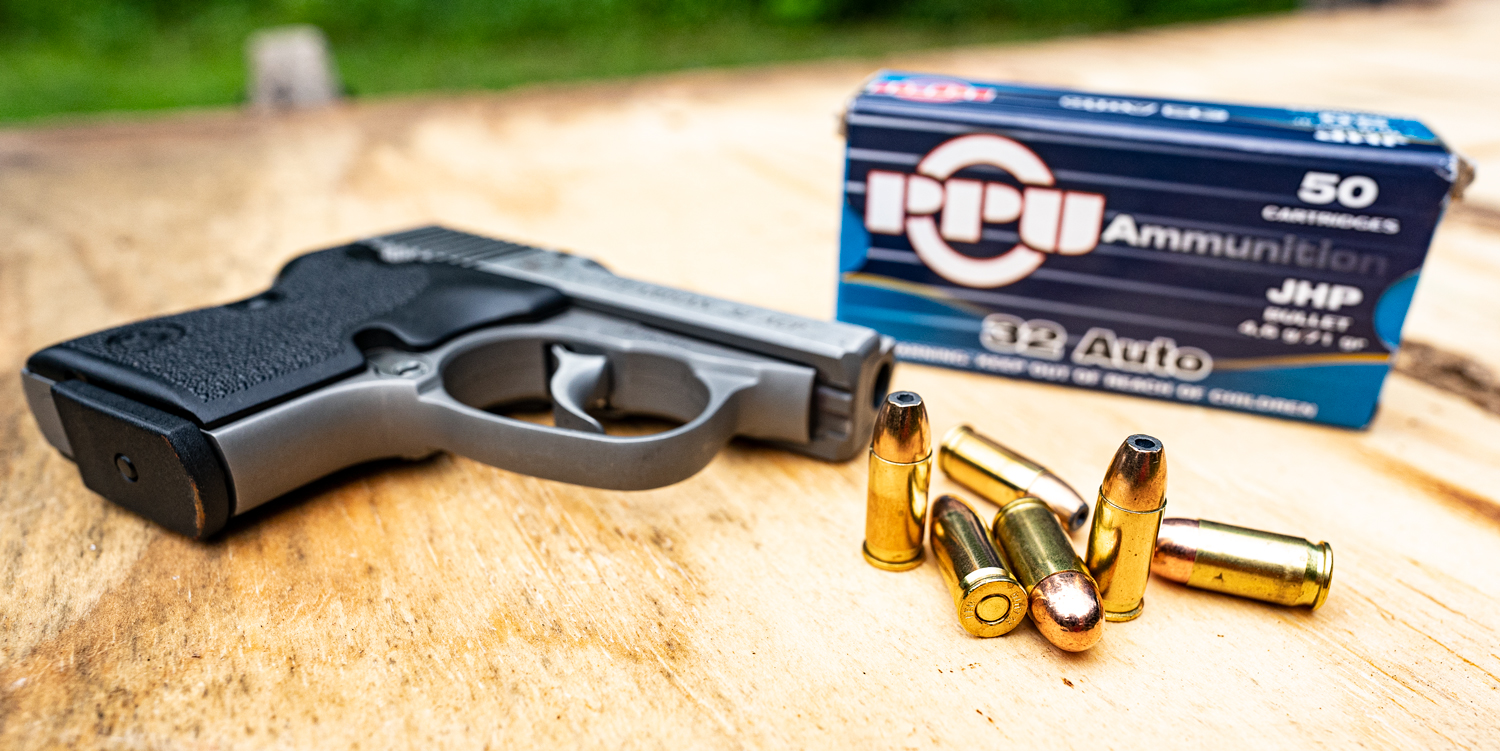
Colt introduced 32 ACP ammunition to the market at the very end of the 1800s. Developed as a semi-automatic pistol cartridge, it soon became popular in Europe for law enforcement and military use. Along with its good accuracy, the 32 ACP’s manageable recoil and lightweight pistols also made it popular for concealed carry. You could find the round pretty much anywhere on earth by the middle of last century.
With its .3125” bullet and overall length of less than one inch, the 32 ACP doesn’t deliver a heavy punch in comparison to a larger round like the 9mm or 40 S&W. An American Eagle 32 ACP load has a 71 grain bullet and 900 fps muzzle velocity, which is enough to transfer 128 ft lbs of energy at the muzzle.
For reference, many experts consider a muzzle energy between 220 and 300 ft lbs the acceptable minimum for self-defense. The 32 ACP provides less than half of what their conservative estimate calls for. But if you recall the advantages offered by a pocket pistol, and consider that even the smallest cartridge can quickly neutralize a threat when handled competently, you will not count the 32 ACP’s weakness against it too much.
380 ACP (aka 380 Auto)
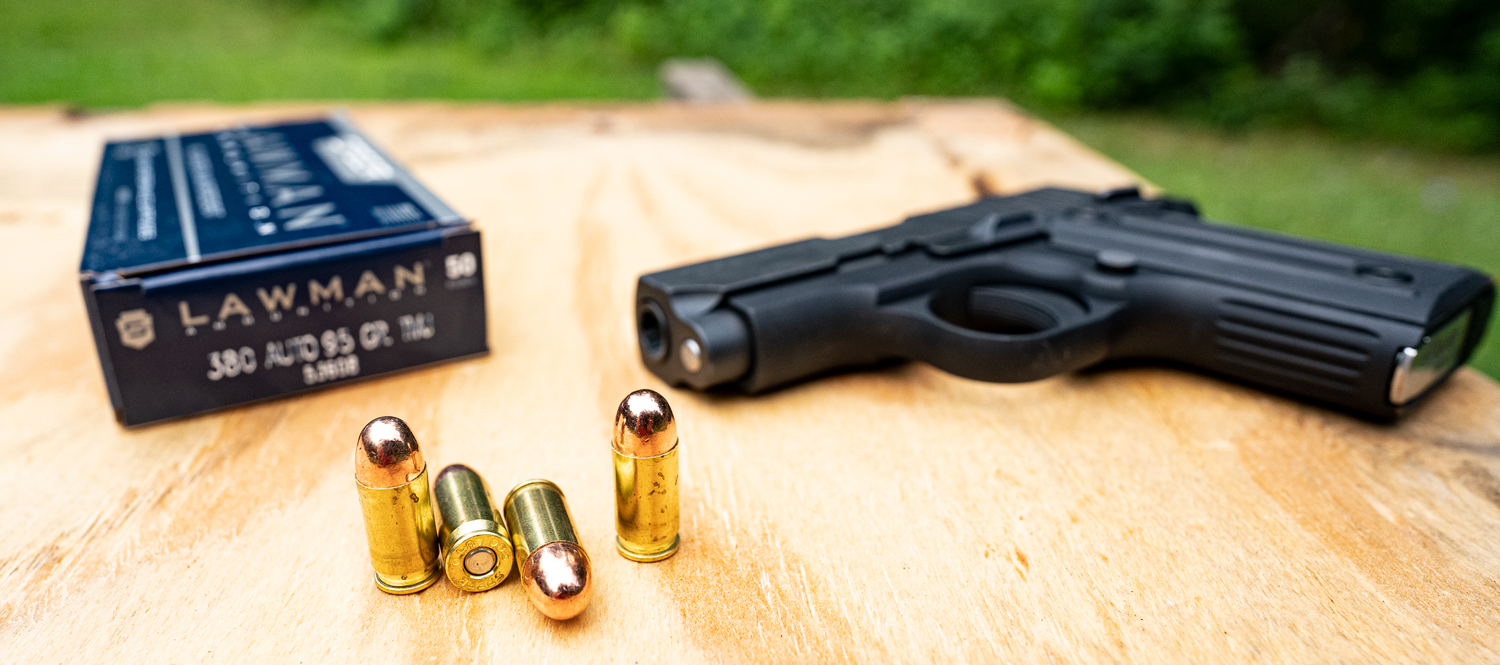
The 380 ACP is a newer cartridge than the 32 ACP, but only by about nine years. Like its predecessor, Colt also developed 380 ACP ammo for a semi-automatic handgun. Like the 32 ACP, 380 also became popular internationally. The 380 ACP even facilitated one of the most disastrous events in human history – the assassination of Archduke Franz Ferdinand, which catalyzed WWI.
While it was considered fairly powerful during its heyday, the 380 ACP has become relatively weak by the standards of more modern cartridges. It does use the same .355” diameter bullet as the prevalent 9mm, although the 380 ACP’s bullet can weigh less than two thirds as much. An American Eagle 380 ACP load has a 95 grain bullet and 980 fps muzzle velocity, which is enough to transfer 203 ft lbs of energy at the muzzle.
Keep in mind that bullet weights, muzzle velocities, and muzzle energies vary widely across many cartridges. A 32 ACP is capable of exerting over 170 ft lbs of force at the muzzle, and a 380 ACP with a super lightweight bullet can top 300 ft lbs. But in general, how do these two diminutive cartridges compare to one another?
32 ACP vs 380 ACP
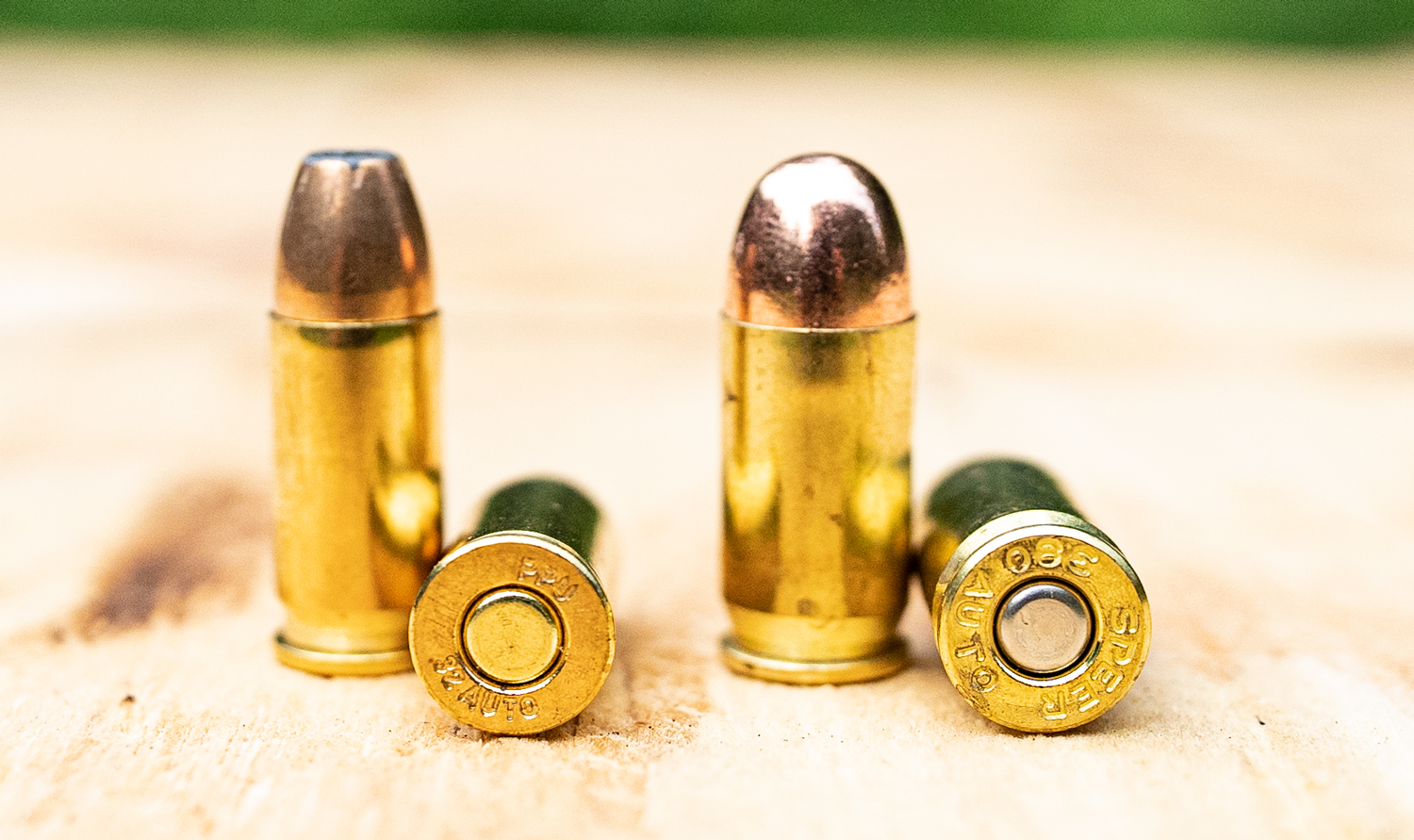
The 32 ACP vs 380 ACP power competition goes to the larger cartridge. 32 ACP is less powerful than the 380 ACP, for all its curses and blessings. The biggest downside to choosing the 32 ACP is that it’s simply less equipped to overwhelm and neutralize its target. That said, the 32 ACP stuck around in European police pistols for nearly one century for very good reasons: Its weaker power accordingly conveys gentler recoil, and its smaller size typically leaves room for one more round in the magazine than the larger 380 ACP allows.
Sacrificing any power is unacceptable to some, even when choosing a pocket pistol. Of the two representative American Eagle rounds considered earlier, the 380 ACP delivers nearly 60 percent more muzzle energy. That difference doesn’t become too much smaller when either round’s bullet has traveled 25 yards, and a pocket pistol is not terribly effective past that range.
What’s Better for Self-Defense?
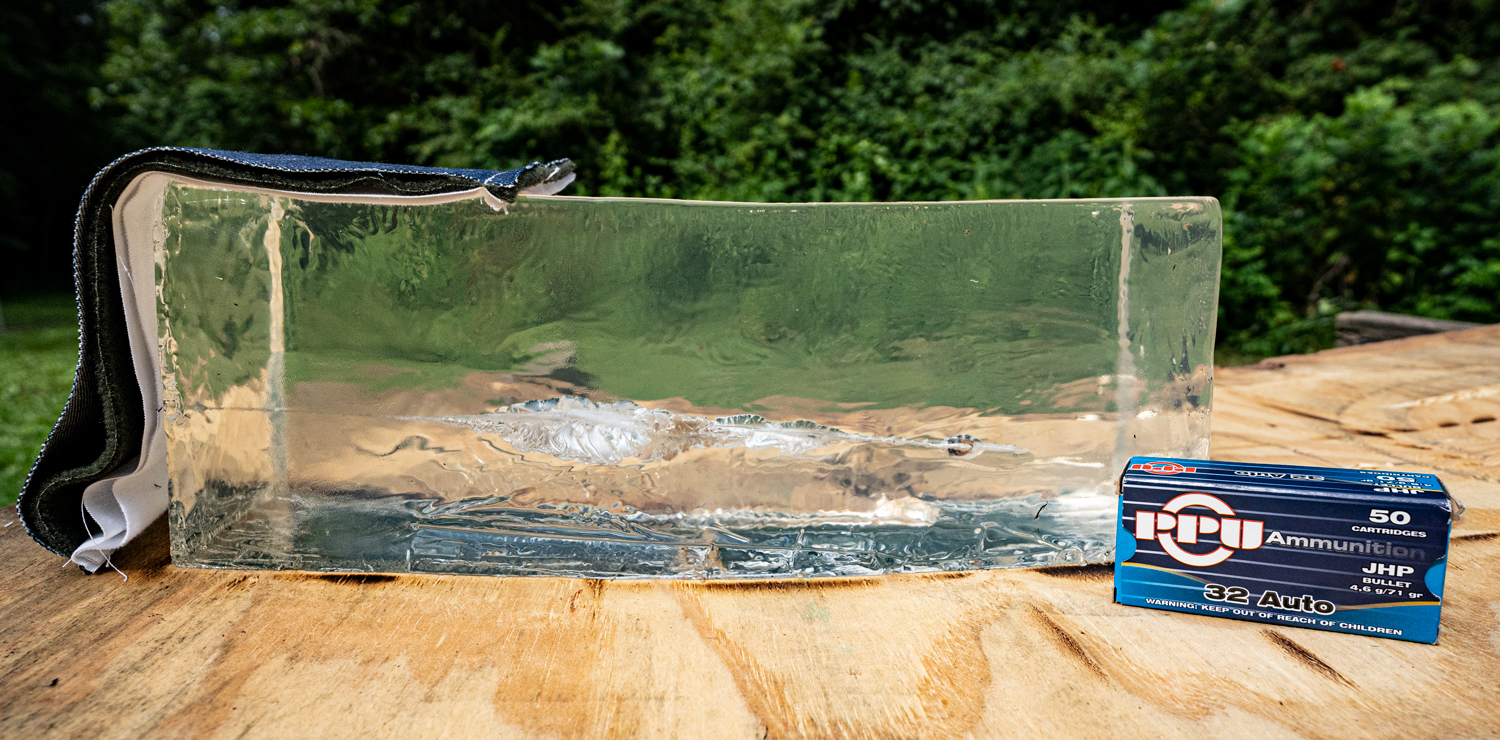
To get an idea of what you can expect from a 32 ACP – we fired some of their Prvi Partizan through a four layer cloth barrier into a block of synthetic ballistic gel. We also used a chronograph to see how the calibers compared in muzzle velocity.
Muzzle Velocity Comparison
We fired five rounds of both Prvi Partizan 71 grain 32 ACP ammo and five rounds of Speer Lawman 380 ACP ammo. For each caliber, we used the smallest pocket pistol we could find. (A North American Arms 32 ACP pistol and Sig P238 380 ACP.)
- 32 ACP Average Velocity: 780 fps
- 380 ACP Average Velocity: 860 fps
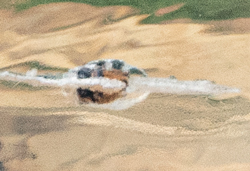 When firing each load into the gel, we were surprised by the results. The 32 ACP ammo surprisingly penetrated to about 12-inches into the gel. That’s farther than we might have expected. However, you can see there was minimal expansion from the 71 grain projectile.
When firing each load into the gel, we were surprised by the results. The 32 ACP ammo surprisingly penetrated to about 12-inches into the gel. That’s farther than we might have expected. However, you can see there was minimal expansion from the 71 grain projectile.
The 380 ACP performed better by most traditional self-defense metrics. Hornady 90 Grain Critical Defense penetrated about 25% farther into the gel and provided some expansion. (You can learn a lot more about our suggested best 380 ammo for self-defense in this article.)
Summing It Up
In brief, the 32 ACP is the easier round to fire, while the 380 ACP is the more powerful one.
Bear in mind that a pocket pistol makes a somewhat inaccessible weapon for a first-time shooter. Many experts would advise that a rookie pick up a full-sized handgun when they’re learning the basics, and only downsize to a compact model once they’ve become more competent with a firearm. If you would follow that advice, you’d still do well to stay with the 32 ACP or 380 ACP after you’ve transitioned. You wouldn’t want to put all that familiarity you’ve earned with your round of choice to waste.
Can’t decide what’s better in the 32 ACP vs 380 ACP showdown or don’t believe is that bigger isn’t always better? You can just start with a 500 S&W Magnum revolver. At three and a half pounds it’s easy to keep track of, and its recoil can double as your escape strategy as you’re kicked back into a neighboring township.

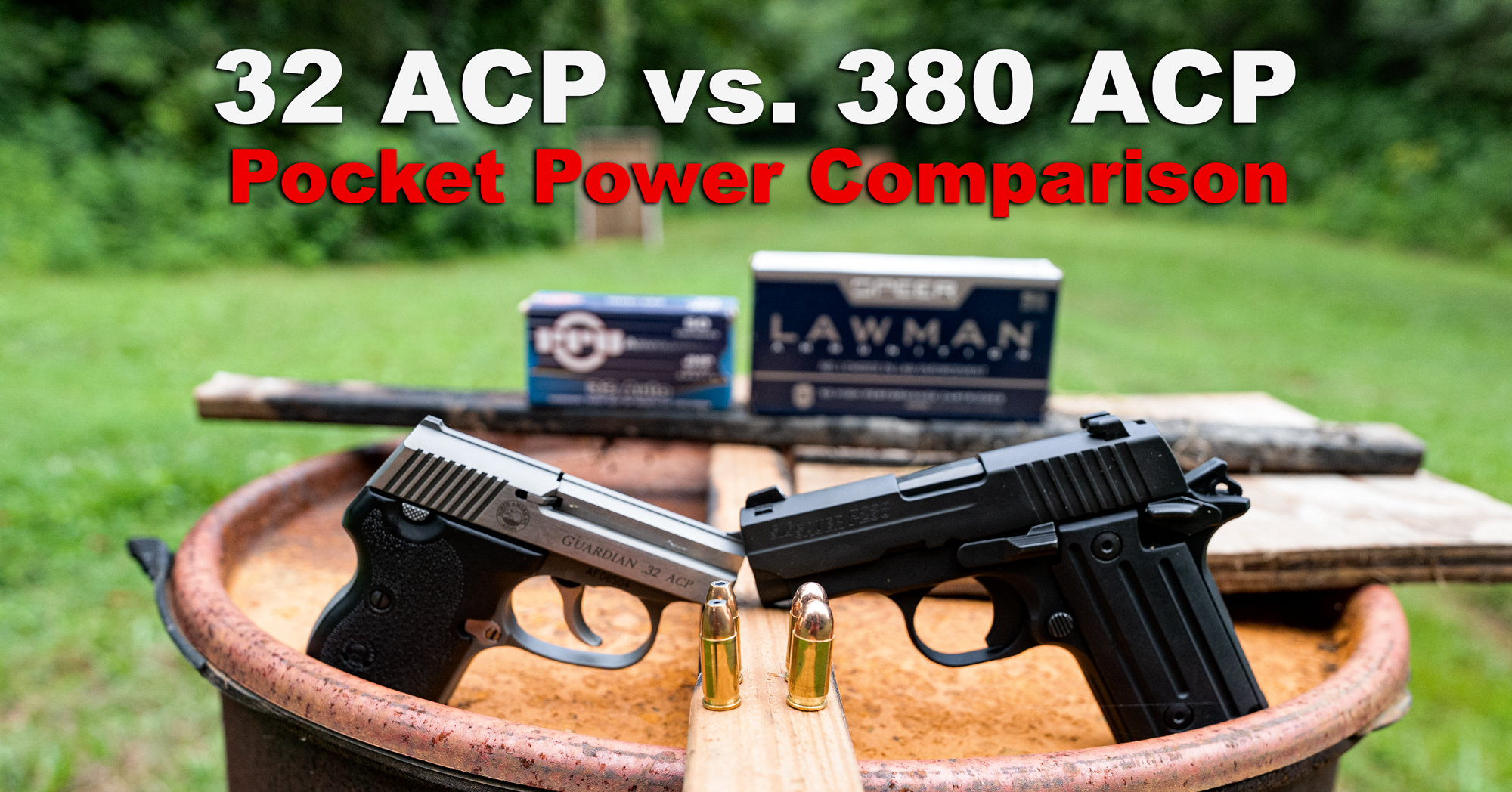
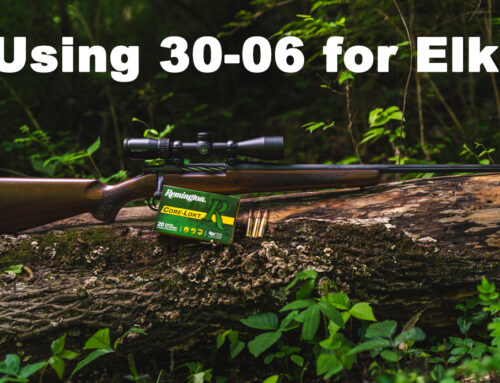
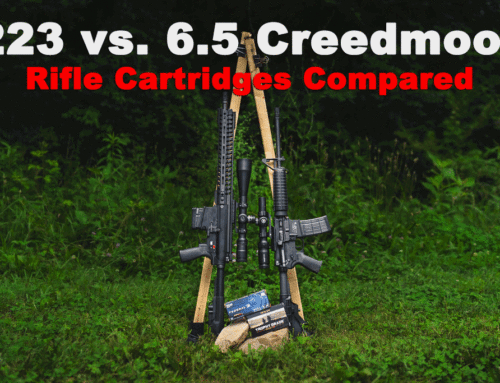

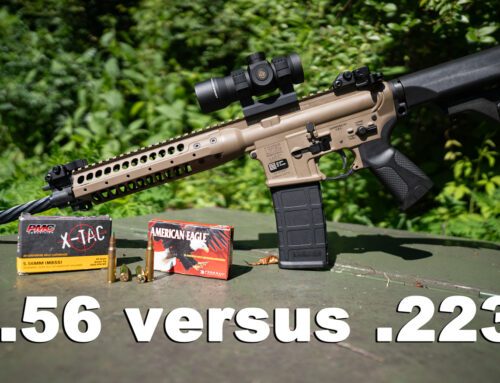
Good Morning,
Thank you for the information and the history lesson.
And thank you for your last paragraph, I needed a good laugh this morning.
Looking for ammo for my 380
Hi Larry – 380 ACP has been a tough caliber to find in early 2021. When we get more, we’ll have it on the 380 ACP page of our site and available for sale here:
https://www.ammoforsale.com/.380-acp-ammo-for-sale. Sorry for any frustration, I know it’s a brutal world in terms of supply right now.
What’s the best/deadliest .32 auto ammo?
Tony – you’re going to have a hard time finding a good 32 ACP cartridge that penetrates as much as most of us would consider ideal. You might opt for an FMJ if you’re looking for something to carry in a pocket pistol.
Sig 938 is a 9mm chambered pistol, sig 238 is .380. So in your article you state you used a sig 938 did you fire a .380 round out of a 9mm or did you infact fire a 9mm round vs .32acp
Good catch Scott and our mistake. It was a Sig Sauer P238 used with .380 ACP at the range for testing. We’ve updated the article accordingly.
G9 ammo
Tony,
Check out Underwood Ammo especially the monolithic bullet. I carry Underwood in my LCP, and am not concerned at all about it’s viability. They also load .32 ACP. Tim over on the Military Arms Channel does some interesting ballistic gelatin tests on Underwood.
Nice breakdown & comparison I love my Sig P238.
I live on Cape Cod and 380 ammo still sort of difficult to acquire these days even as we get closer to the summer of 2022.
I hear ya Peter – 380 ACP is still in low supply all over the country. We’ve had sporadic shipments come in but usually we can only keep 2-3 options in-stock at a time before it disappears. Hope you’re getting some dry fire or at least some training in.
I recently started to shoot 32 ACP. It is fun, But I always keep in mind that Lenin was shot by opposition women Kaplan with 32ACP Browning. Lenin got two bullets, one in the shoulder and one in the chest. Bullet in the chest was not re removed and he was living with it for many years. So, 32 ACP was not powerful enough. Ammo she used had notches to make bullets expandable, but energy if 32 was too low to expand bullets.
So, probably she selected 32ACP because of small size and it did not work….
Interesting story. I didn’t know Lenin had an assassination attempt. Bear in mind, for civilian personal defense, stopping the threat is the legal standard, not lethality. If merely brandishing a weapon (or a loud miss) thwarts an attack, it is a successful use of force, as is a wounding if it ends the threat.
Try out tui ( tumble upon impact) rounds. I have them in .32, .380 and 38 special.
Very impressive compared to the standard hollow point. Crazy incredible wound channels.
Using slower 32 rounds is not fair. Why?
Wild Bill Hicock uses a brace of .36 cal 1851 colt cap and ball revolvers. These revolves were the same as shooting a person with a .32 acp.. For what it’s worth the German army World War II head to official calibers. One was 9 mm Parabellum and the other was 32 ACP. Any other caliber that wound up in the German inventory was captured.
We all know that 32 is less powerful than 38. It seems to me that in a pocket pistol, neither round is good enough for hollowpoints, so we are dependent on penetration being adequate. My question is: Do they both penetrate sufficiently for most situations, or not? Does the 380 over penetrate for indoor use?
Assuming that the 32 is deficient in penetration, we have to decide whether it being easier to shoot makes up for that. A pocket pistol is a compromised weapon. Where do you want to cut the corners? Power? Accuracy? Ammo cost? Carry weight?
Can anyone say whether 32acp works well in head shots? I suspect that 22lr doesn’t and 380 does, but can a 380 micro shoot straight enough for headshots?
Penetration is the key for the .32 ACP (7.65mm Browning). I favor the little .32 at short ranges. In an all-steel Colt Pistol 1903 the .32, loaded with Underwood’s Lehigh defense loads (solid fluted copper) are the rounds to take into a lethal confrontation.
Believe me when I tell you that the .32 can, and does, kill. Shot placement under stress is where the little .32 shines. i can dump a magazine full of hot, European .32’s in a bad guy’s before you can say “HOLY S#IT”!
This will rapidly end a miscreant’s career, or make him rethink his evil inclinations.